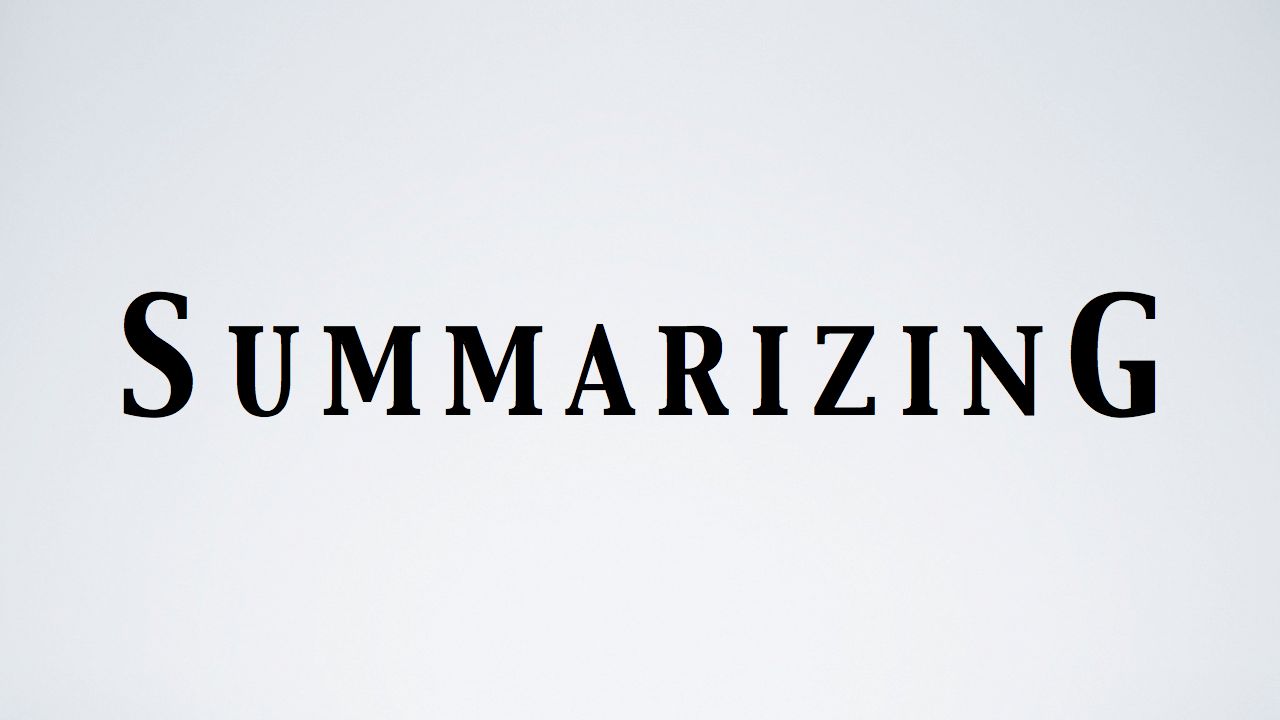As a productivity improvement step, Method Study helps to produce the same output using fewer resources or to produce more with proportionately less inputs. It reduces, if not eliminates waste. Method Study ensures creativity, innovativeness, optimal decision-making power, good organization practices and better communication. The following issues are the essential elements when carrying out a Method Study:
1. Economic considerations
2. Technical considerations
ADVERTISEMENTS:
3. Human reactions
Role of Method Study:
To summarize the above discussions, we can safely say that role of Method Study is:
1. To appraise the purpose and objectives of the organization
2. To assess the tasks of the organization
ADVERTISEMENTS:
3. To evaluate the communication and control structure of the organization
4. To optimize the use of resources of the organization
5. To improve procedures, methods and processes of the organization
6. To ensure individual and group effectiveness and, as well as, work satisfaction in the organization
The Importance and Objectives of Method Study:
ADVERTISEMENTS:
The primary objective of Method Study is to find better ways of doing things, so as to improve efficiency by eliminating unnecessary work, avoidable delays and other forms of waste. Method Study achieves this by systematic recording, analysis and critical examination of methods and movements involved in the performance of existing or proposed ways of doing work. To clearly state the importance or objectives of Method Study, let us review the contributions that flow from its above role:
1. Reorientation of corporate objectives and mission
2. Review of plans and the programmes
3. Evaluation of tasks, targets and available resources
4. Balancing the structure of the organization
5. Introduction of a good communication system in the organization
6. Better design of plans and equipment
7. Simplification of processes and methods
8. Standardization of products and procedures
9. Improvement of workflow
10. Planning and control of work
11. Managing resources, inventory control and replacement of plants and machineries
12. Quality and cost control
13. Improving the layout of the shop floor
14. Better working environment and working conditions
15. Optimum utilization of resources
16. Higher standards of safety, security and health
17. Performance satisfaction.

